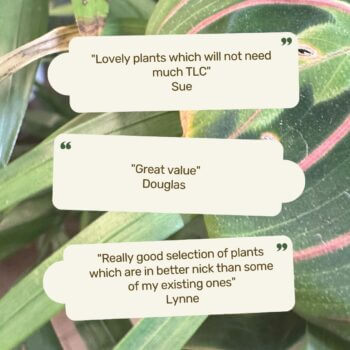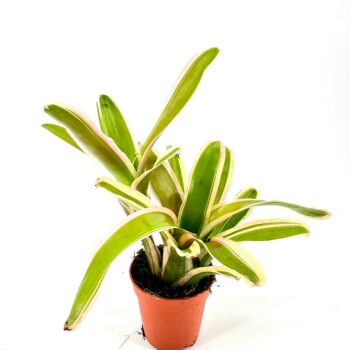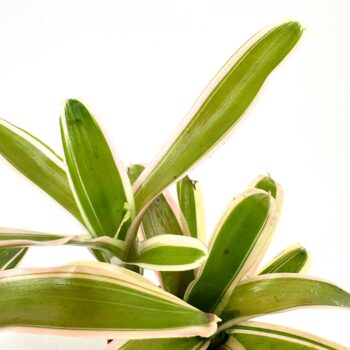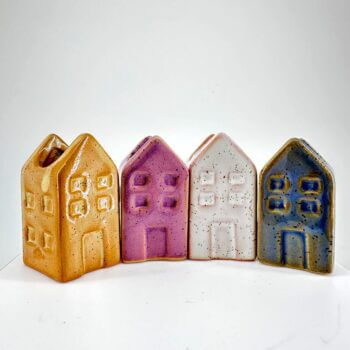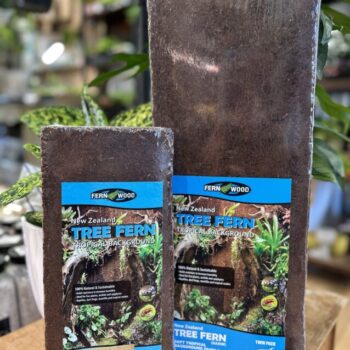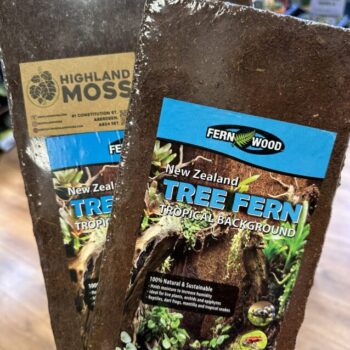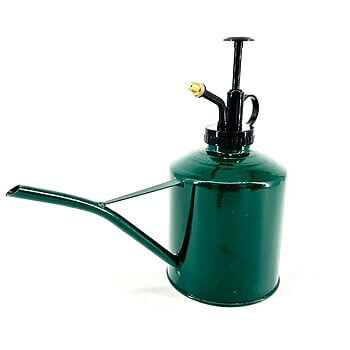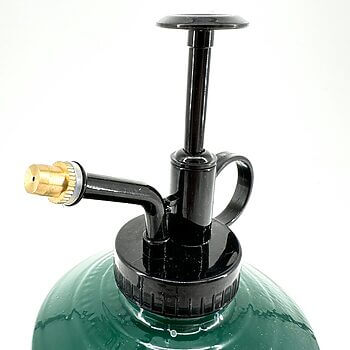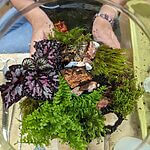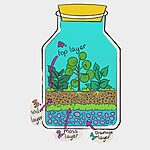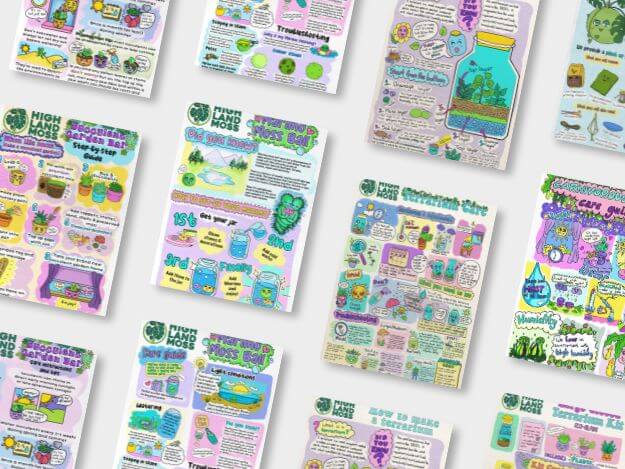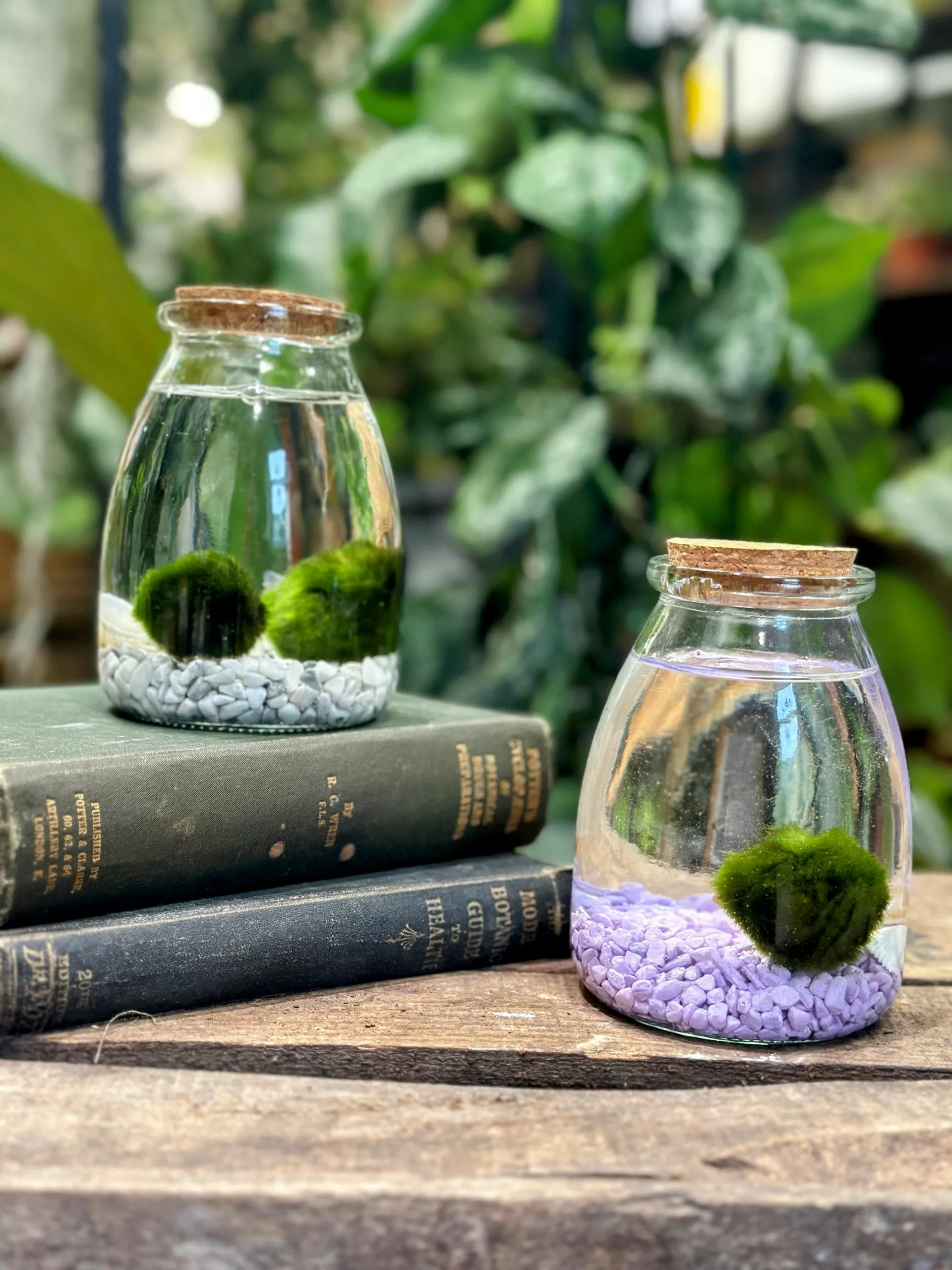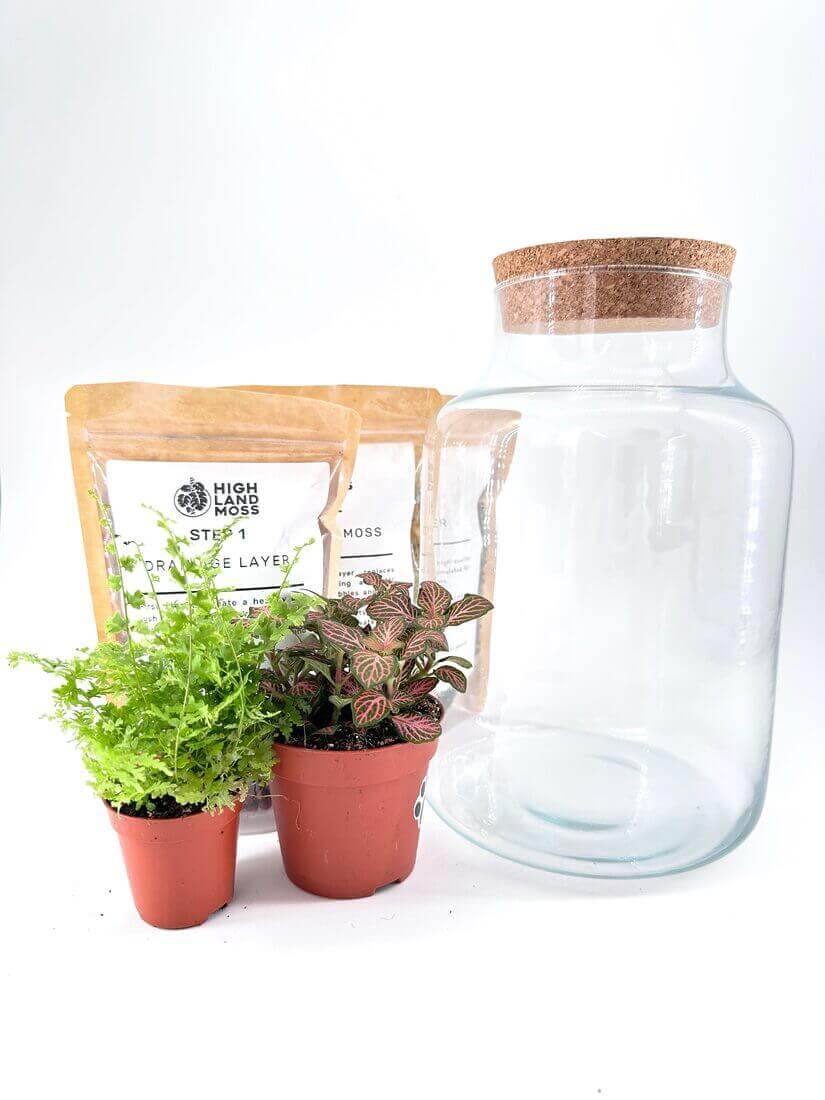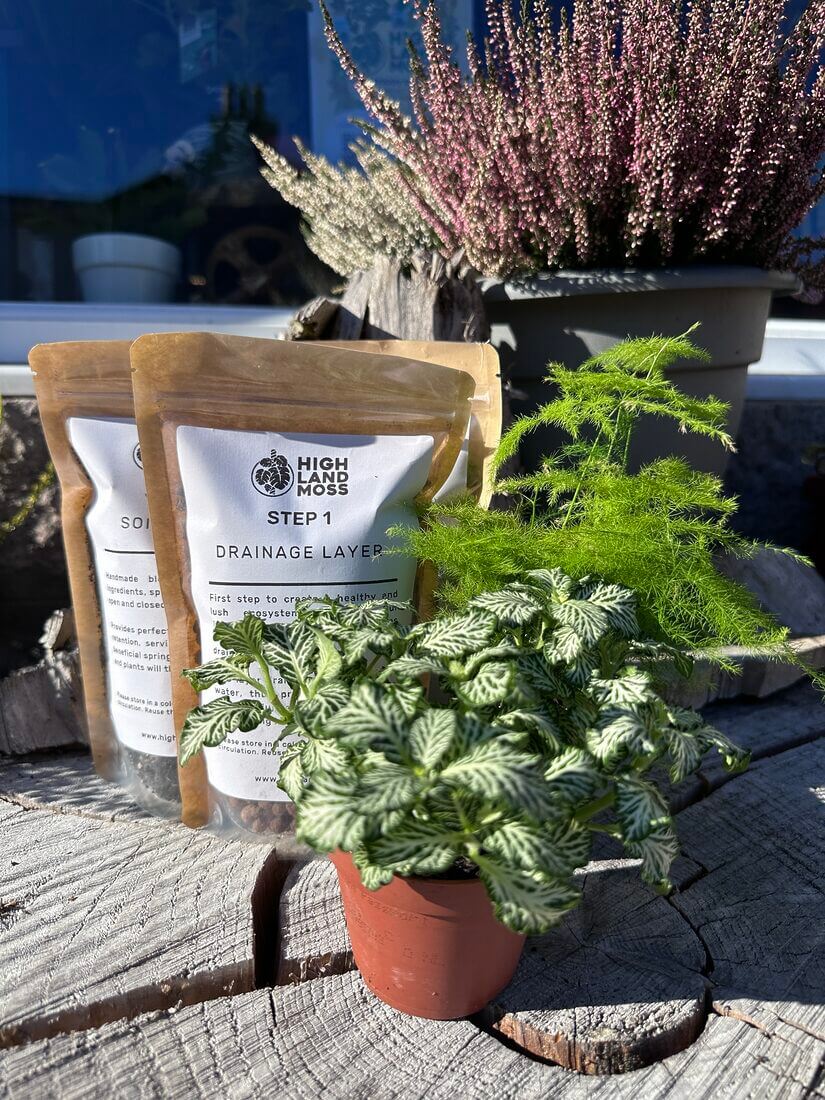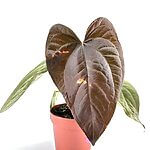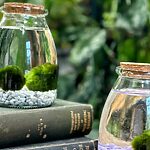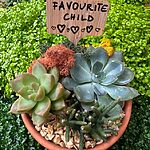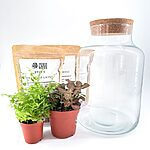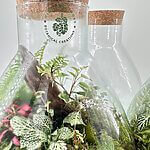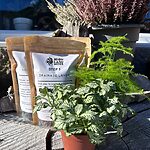About
Reindeer moss is truly amazing when you learn a little more about it. On the surface, it’s made up of light, airy and dainty branches that sprawl out over vast areas covering its paths in a magical grey/green spongy mass. Formally known as Cladonia Rangiferina this moss has a secret… it’s not actually moss.
Cladonia Rangiferina, commonly known as reindeer moss, deer moss or caribou moss is not a plant at all, it’s what’s called a Lichen. The definition of a Lichen is a plantlike organism that typically forms a low leaflike or branching growth on rocks, walls and trees. What makes this organism so weird is that Lichens are classed as a complex life form. This unique form of nature is made up of two separate organisms a fungus and an alga, a single version of algae, which form a symbiotic partnership to form a Lichen. This new plant-like organism forms a whole new set of properties and becomes a great food source for the local reindeer population. They also provide us with a way to brighten up our plant experiments with a touch of organic nature and colour.
Reindeer moss can be found dominating its environment in vast areas of the northern hemisphere, growing in mountainous regions, pine forests and woodlands, low alpine areas, highlands and vast open tundras. It gets its common names mainly based on the large-scale, all-year-round buffet it provides for the native deer, reindeer and caribou helping to support their diet. This incredible organism is as tough as they come, reindeer moss is extremely cold and drought tolerant and has the ability to stay alive even when it has lost almost all of its moisture. When this happens the lichen losses its soft spongy nature and becomes more abrasive and brittle but with the ability to quickly bounce back when moisture finally returns, absorbing a much-needed drink through direct contact.
Reindeer moss is not quite as versatile as other mosses and comes in two forms: live and preserved. Both forms are less likely to be used in terrariums and vivariums but can still be used in a range of ways and are best suited for displays and arrangements. A great choice if building a moss box, moss wall or something similar, it works fantastically in floral arrangements to add a depth of texture and colour. It can be bought in a wide range of colours so with a touch of creativity, some incredible plant artwork can arise.
Live Reindeer Moss (Lichen)
Live reindeer moss is nowhere near as popular as its preserved form, this is mainly because it can be a bit tricky to keep alive and also is often not very well suited for the environments the user has envisioned to keep them in. Live Lichen is a cold hardy plant and is very well suited to windy and often dry environments. This can make it less than ideal to be placed in a tropically humid and warm terrarium. Often placed in these conditions the Lichen will quickly fail and die.
That being said, this beautiful natural Lichen has its place! The unique light silvery green colour and natural texture make for a great addition to a moss box or bowl. These ever-popular alternatives to terrariums make for wonderful tiny natural landscapes with the upside of being very low maintenance.
We have a small batch of this beautiful, soft and spongy reindeer moss that has been hand rescued from our site in the North of Scotland. So why not add some to your next craft adventure and bring a special touch of nature into your home?
Preserved Reindeer Moss
Preserved reindeer moss and all other preserved mosses have changed the game when it comes to creating a beautiful, organic and natural look without having to worry about any care requirements. Reindeer moss especially comes in a huge range of colours giving you a great amount of choice when crafting with it.
When this lichen is preserved a lot of its natural colour fades, leaving it looking a bit lifeless, this is why dye is often used to either match the original colour or create a palette of colours that could be used in an array of settings.
Be careful not to get preserved lichen wet on a regular basis or expose it to a high level of humidity, for example inside a terrarium. If the lichen is saturated with water or left wet for too long it can have some negative effects. The first initial problem that may occur is the dye itself can run and cause staining and damage to its surroundings. But also, if left wet, placed in humid environments or continually moistened it runs the risk of developing mould, which can quickly spread and ruin the lichen.





